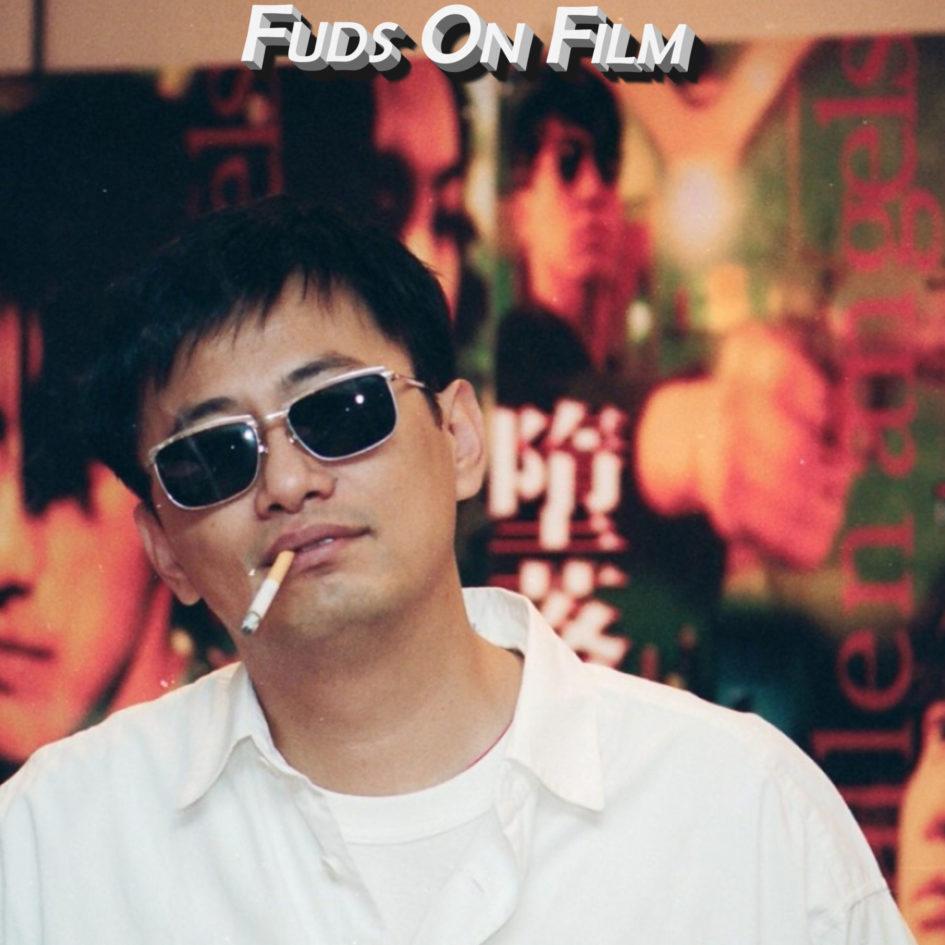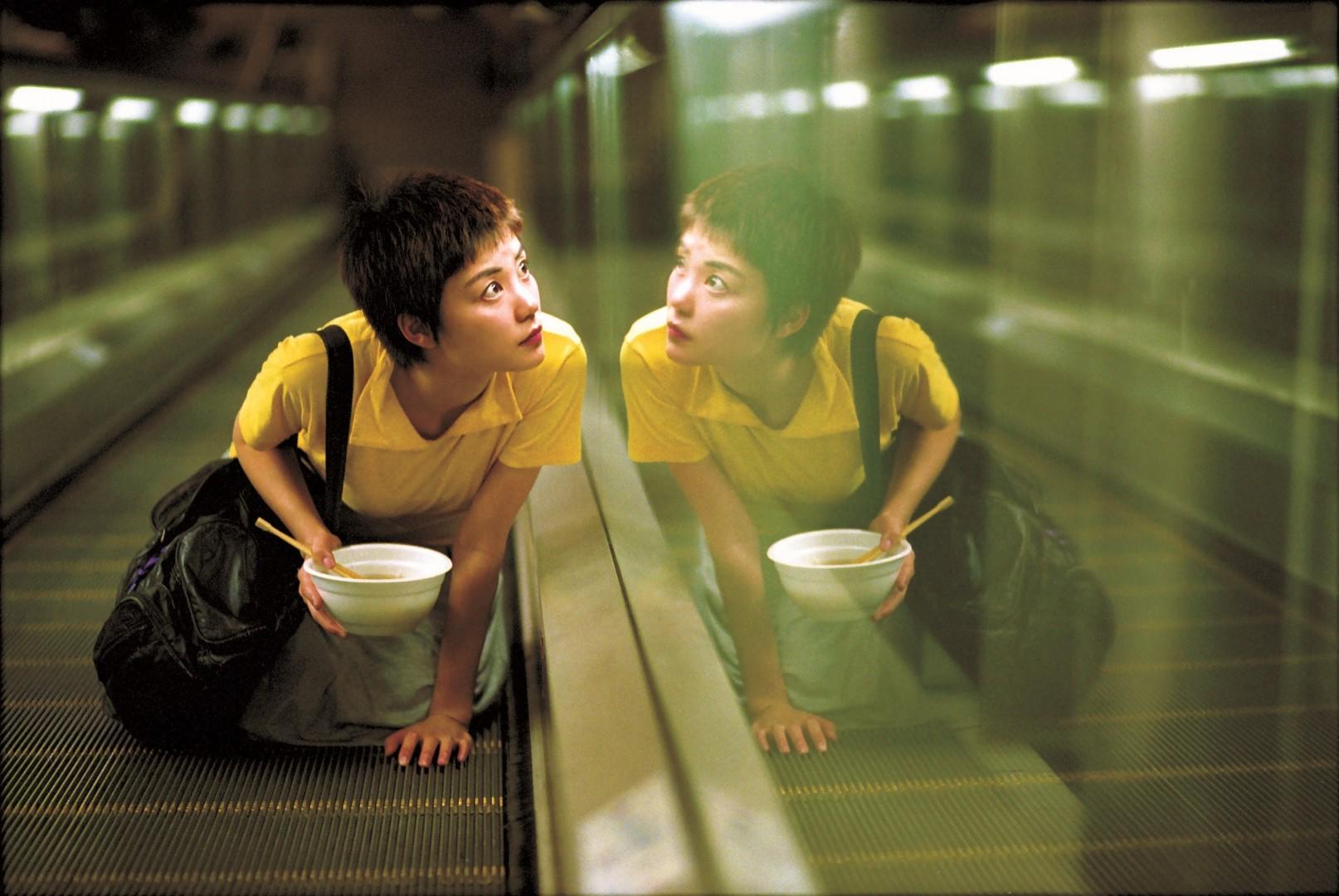In the vast tapestry of global cinema, few directors have captured the intricate dance between love and loneliness with the same poetic finesse as Wong Kar-wai. Renowned for his evocative visual storytelling and a penchant for exploring the complexities of human emotion, Wong’s films offer a unique lens through which audiences can explore the paradoxical nature of intimacy and isolation. His cinematic universe, often characterized by lush color palettes, evocative soundtracks, and fragmented narratives, invites viewers to delve into the depths of yearning and solitude. This article seeks to unravel the layers of Wong Kar-wai’s filmography, examining how his distinct directorial style not only portrays the beauty and pain of romantic longing but also reflects the universal human experience of solitude. Through an analytical exploration of his most iconic works, we aim to understand the enduring allure of Wong’s storytelling and the profound resonance of his exploration of love and loneliness.
Visual Storytelling and Emotional Depth in Wong Kar-wais Films
Wong Kar-wai’s films are a masterclass in visual storytelling, where every frame is meticulously crafted to evoke a spectrum of emotions, often without the need for dialogue. His use of vivid color palettes, slow-motion sequences, and expressive cinematography creates a visual language that speaks directly to the heart. Through these techniques, Wong captures the ephemeral beauty and profound melancholy of love and loneliness. The interplay of light and shadow in his films often reflects the inner turmoil of his characters, allowing viewers to delve deep into their psyches.
- Color and Composition: Wong Kar-wai uses color not just to set the mood, but to symbolize emotional states. Reds and yellows might signify passion and warmth, while blues and greens can denote isolation and longing.
- Framing and Movement: His films often feature close-ups and tight framing, creating an intimate connection between the viewer and the character’s inner world. The deliberate use of slow motion amplifies moments of emotional intensity, allowing the audience to linger on feelings that might otherwise pass by too quickly.
- Music and Sound: The director’s choice of music complements his visual style, with carefully selected soundtracks that echo the emotional depth of the narrative, turning each scene into a poetic exploration of human experience.
Through these elements, Wong Kar-wai crafts films that are not just stories, but emotional journeys, drawing the audience into a dance of longing, desire, and the universal quest for connection.

Examining the Role of Color and Cinematography in Conveying Loneliness
In Wong Kar-wai’s films, color and cinematography are not mere aesthetic choices but rather profound narrative devices that delve into the psyche of his characters, illuminating their innermost feelings of solitude. Color palettes in his works often serve as emotional barometers, reflecting the internal states of characters caught in the web of urban isolation. For instance, the pervasive use of deep blues and rich reds not only captivates the viewer’s eye but also evokes a sense of melancholy and longing, underscoring the emotional distance between individuals.
The cinematographic techniques employed further enhance this exploration of loneliness. Wong’s frequent use of slow motion and blurred frames creates a dreamlike quality, emphasizing the disconnection and introspection of his protagonists. Consider the following elements that are meticulously crafted to convey this theme:
- Framing: Characters are often placed within confined spaces, suggesting entrapment within their own solitude.
- Lighting: The interplay of light and shadow serves to isolate characters from their environments, highlighting their inner worlds.
- Camera Movement: The fluid yet deliberate camera movements mirror the ebb and flow of emotional tides, capturing the essence of human isolation.
Through these techniques, Wong Kar-wai transforms the screen into a canvas of emotional landscapes, where color and cinematography paint the profound loneliness that permeates human connections.

Character Dynamics and the Exploration of Unrequited Love
Wong Kar-wai’s films are a masterclass in dissecting the intricate layers of human emotion, particularly the pain and beauty of unrequited love. His characters often find themselves trapped in the melancholy of longing, navigating a world where affection is not reciprocated. Through his cinematic lens, Wong Kar-wai captures the essence of loneliness, portraying it not as a mere absence of companionship but as a profound emotional state that shapes identities and destinies.
- Chow Mo-wan and Su Li-zhen in “In the Mood for Love” – Their relationship is a dance of restraint, where unspoken words and missed glances tell a story of deep yearning.
- Cop 663 and Faye in “Chungking Express” – An exploration of silent admiration and the subtle gestures that reveal a heart’s hidden desires.
- Yuddy and Li-zhen in “Days of Being Wild” – A poignant depiction of one-sided love, where emotional vulnerability is laid bare.
These characters, despite their varying circumstances, share a common thread of isolation. Their unfulfilled desires and emotional struggles are portrayed with a poetic touch, making the audience acutely aware of the universal pain of loving without being loved in return. Wong Kar-wai’s nuanced storytelling invites viewers to reflect on their own experiences with unrequited love, evoking empathy and introspection.

Recommendations for Viewing: Essential Wong Kar-wai Films and Themes
Wong Kar-wai’s films are a mesmerizing tapestry of visual poetry and emotive storytelling, each piece weaving themes of love, longing, and existential solitude. For those new to his cinematic universe, a few essential films serve as the perfect entry point. “In the Mood for Love” is a masterclass in restrained passion, capturing the unspoken desires and profound isolation of its protagonists. The film’s lush cinematography and haunting score encapsulate Wong’s ability to evoke emotion through atmosphere. “Chungking Express” offers a dual narrative that dances between the effervescent and the melancholic, exploring fleeting connections in the bustling cityscape of Hong Kong.
- Recurring Themes: Wong often delves into the nature of time and memory, examining how they shape and distort human relationships.
- Visual Style: His use of color, light, and slow-motion cinematography creates a dreamlike quality, inviting viewers to immerse themselves fully in the emotional depth of each scene.
- Soundtrack: Music plays a pivotal role, not just as an accompaniment but as a narrative device that enriches the film’s emotional landscape.
For a deeper understanding of Wong’s exploration of love and loneliness, “2046” is indispensable. This film acts as both a sequel and a standalone piece, furthering the narrative of unrequited love and the passage of time. By engaging with these films, viewers can appreciate the intricate layers of Wong Kar-wai’s storytelling, which resonate long after the credits roll.
